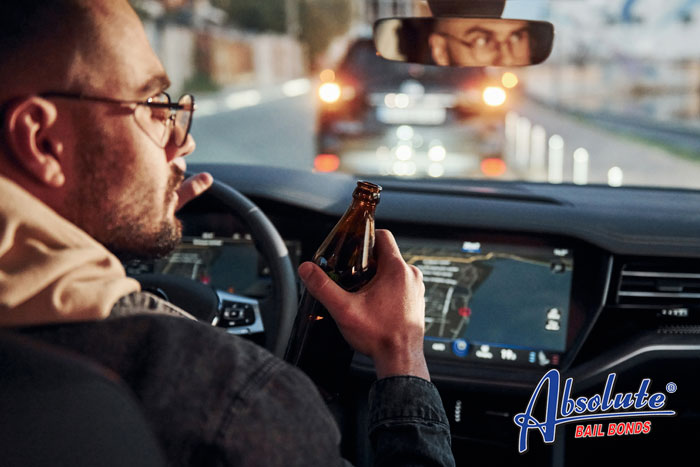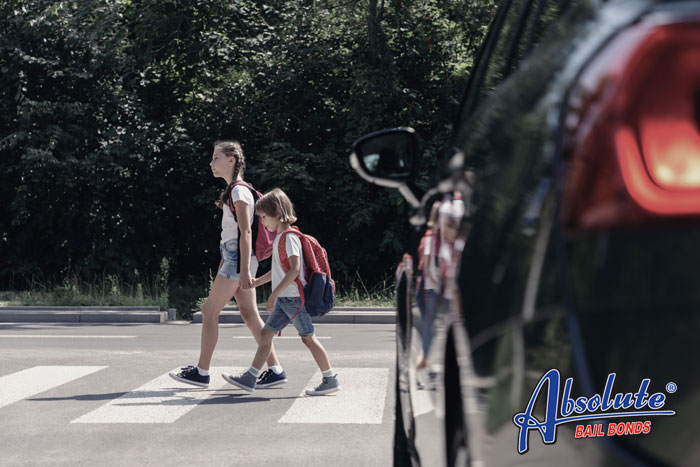
Most Common Crimes in California
The most common crimes in California vary from one county to the next. The stats can also change a great deal. Still, there are some crimes that are more prevalent than others.
Drug Related Crimes
One of the interesting things about drug-related crimes in California is that the legalization of marijuana has reduced the number of drug-related arrests each year. It’s estimated that now that marijuana is legal law enforcement agencies have an additional $200 million that is used to deal with other types of crime.
While legalizing marijuana has reduced the number of drug-related crimes the state deals with annually, drugs still take the biggest toll on California’s legal system.
Violent Crimes
The violent crime rate in California fluctuates. It increased in 2012 and decreased by 2.9% between 2018 and 2019. According to data collected in 2019, 60% of the violent crime arrests were aggravated assault only 1% involved homicides.
DUIs
Despite all the warnings about combining alcohol and driving, DUIs still represent a major crime problem in California. The good news is that people seem to be getting better about not drinking and driving. In 2008, there were 208,845 DUI arrests in the state. In 2013 there were only 155,599 reported DUI arrests.
Weapons Charges
Weapons charges represent a large chunk of California’s crime problem, though there is a wide assortment of charges which range from quite minor to extremely serious. Given the complexity of California’s laws regarding weapons, if you plan on carrying anything that could be considered a weapon it’s in your best interest to spend a great deal of time reading through all of the laws that pertain to that specific weapon. Don’t forget that weapon laws can change from one county to the next.
Property Crimes
A surprising number of property crimes take place each year in California. The good news is that they appear to be decreasing. Two major California cities, Ventura and Fresno reported an impressive 10% decrease in property crimes in 2019.
It will be interesting to see how crime rates change in a post-Covid-19 world.

Riding a Noisy Motorcycle in California
There was a time when riding a noisy motorcycle in California meant you might get issue a fix-it ticket. While the ticket was irritating, it was also easily correctable. All you had to do was take your motorcycle to a mechanic, have the noise adjusted, prove you changed things, and the ticket went away.
That changed in 2019 when lawmakers decided that there were too many noisy motorcycles on California’s highways. Since the law passed, if you’re motorcycle is considered too loud, you’ll still be issued a ticket, but adjusting the noise won’t make the fine disappear. Whether you have your bike repaired or not, you’ll have to pay a substantial amount of money to the court system.
While you might love a good loud rumbling exhaust while you’re zooming down California’s highways, that sound could really hurt your budget. If you’re issued an excessive noise ticket, the fine could be $1,000.
Don’t assume that as long as you pay the fine, you have nothing to worry about. It’s possible that you’ll be told that you need to do something to make your bike quieter. Plus, you’ll continue collecting tickets and fines until the noise issue is resolved.
Unless you’re riding a motorcycle that was made prior to 1985, the maximum amount of noise you’re bike can make while on public roads is 80 dB. To help you stay within this parameter, you’re not allowed to modify your exhaust with after-market parts which are often designed to exceed 80 dB. If you have to replace your bike’s exhaust system, you want to stick to parts that are EPA certified. Stay away from anything that says it’s for off-road or racing use as these are generally significantly louder than 80 dB.
If you are pulled over because the officer believes your bike is too loud and you disagree, it’s in your best interest to use the video function on your phone to record your bike right after the ticket is written. This will provide you with a way to verify exactly how loud your machine was at the time. If it was less than 80 dB, you can fight the ticket and likely get out of paying the excessive noise fine.
Whether you intend to fight the ticket or simply pay the fine, it’s in your best interest to resolve the matter as quickly as possible. If you wait too long to handle the situation, additional fees could be attached to the ticket and you may even lose your license.

The Cost of Ignoring School Zone Traffic Laws in California
Kids are finally starting to return to school in California which means it’s time for drivers to reacquaint themselves with school zone traffic laws. It’s extremely important that you not only know that the laws exist but also the consequences of breaking the school zone traffic laws.
School zones are designated areas where there periods of the day where there are multiple kids on foot, parents picking up kids, and school buses present. These things create additional driving hazards. Everyone has to be hypervigilant during these times, particularly if you’re in an area where there a lot of young kids who don’t always remember to look before they dart into traffic.
To keep things as safe as possible, the speed limits are decreased in school zones during key times of the day, usually when people are showing up for school and when they’re leaving.
In most school zones, the speed limit decreases to 25 MPH though there are places where it goes even lower, to 15 mph. Signs in the area not only alert you to the change in speed, but they will also have a note stating that the decreased speed limit goes into effect “when children are present.” Many also have a flashing light attached to the sign which blinks on and off when the police are enforcing the decreased speed limit.
In addition to having these speed limit zones near schools, some cities have also decided to create special speed limit zones near parks and playgrounds.
If you’re entering a school zone, you are expected to be on high alert for slow-moving traffic and lots of unpredictable foot traffic. You should also be prepared for the possibility of cops who have parked in strategic spots while they wait to pull over drivers who fail to obey the decreased speed limit.
If you’re pulled over for speeding in a school zone, don’t expect to talk your way out of the ticket. Patrol officers take the safety of children very seriously and are unlikely to let you off with a warning.
If you get a ticket for speeding in a school zone, you should expect to pay:
- $25 for 1-15 miles per hour over the limit
- $50 for 16-25 miles per hour over the limit
- $100 for 26 miles per hour the limit
It’s important to understand that these fines are the base amount. In most cases, there are additional costs attached to each ticket which will often bring it to over $100. It’s also possible that the officer will decide to attach additional charges to the ticket. These additional charges could include reckless driving, failing to yield, negligence, and even using a cell phone. It’s also possible that they will notice a problem with your insurance or registration.
When all is said and done, it’s best to keep both hands on the wheel, your eyes up, and your foot light on the accelerator while you’re driving through a California school zone. The few extra minutes slowing down adds to your commute will cost you far less than a failure to slow down in a school zone traffic ticket.

